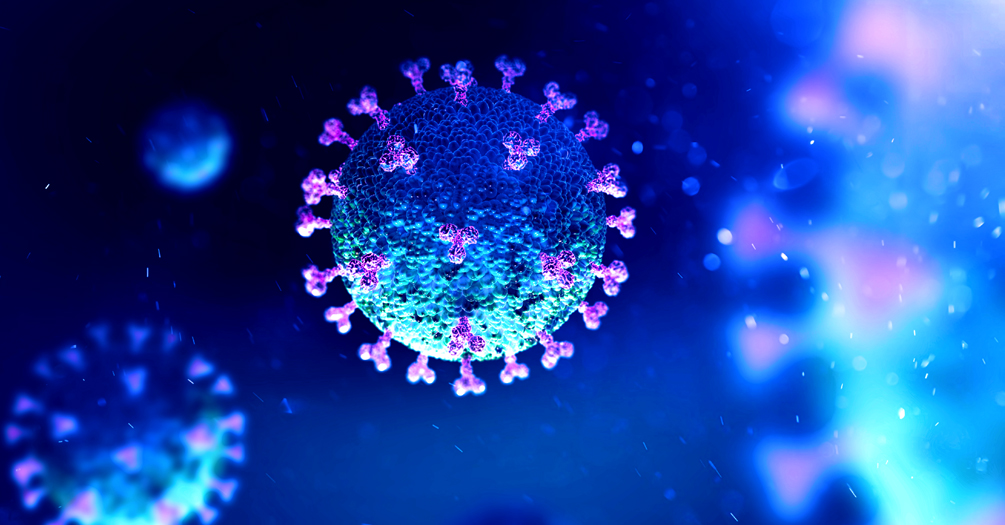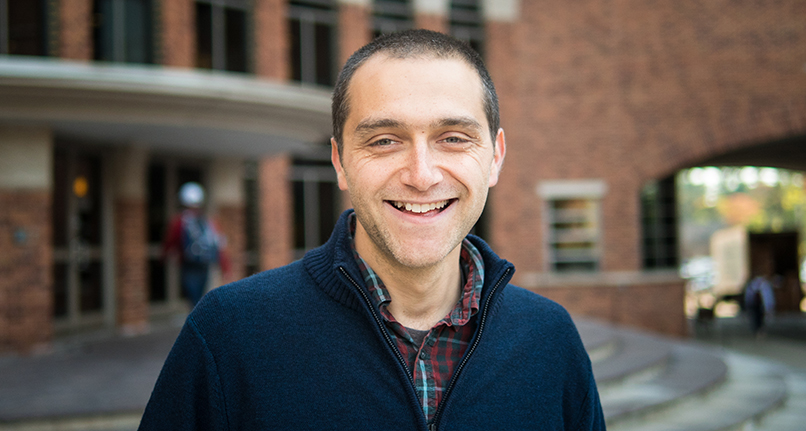Teaching Infectious Disease History in 2020

Jon Zelner
Assistant Professor of Epidemiology
For the past several years, I have taught PUBHLTH 405: Social History of Infectious Disease to undergraduates at the University of Michigan School of Public Health. The class is about how social inequity and the biology of infectious disease transmission interact to generate geographic, racial, and socioeconomic disparities in risks of infection and death from a wide array of pathogens. I knew that teaching this class in the Fall of 2020, in the midst of a pandemic defined by global and domestic inequity, would be a different experience from the first two times I taught the class.
This time, we were living through the types of events we had only read about before, and it was clear that the readings and the discussions that resulted from the course materials were directly relevant to each of our own lives in ways they had not been before. COVID-19 was the reason we met over video and never stepped foot in the same room. Some of us were touched directly by exposure to the virus, and others indirectly through its impacts on our health, employment, housing, and overall well-being as well as that of our families and friends. This made the end-of-semester exercise of submitting a traditional final paper— essentially a closed, one-time conversation between student and instructor—hard to imagine doing this semester.
Instead, we channeled our energies into outward-facing products that we hope will be helpful to anyone out there trying to make sense of this pandemic and its implications for the future. We took the lessons we learned and the questions raised by our exploration of historical and ongoing battles against a variety of infectious diseases and did our best to understand their relevance to the present.
Specifically, students formed groups to research and present the ways intersecting social and biological mechanisms have impacted outcomes associated with pathogens that reflect different dimensions of geographic and socioeconomic inequality. We took different paths to this goal:
- Several groups wrote informative blog posts—about HIV, malaria, Ebola, and polio—that drew on their academic research as well as personal experiences to highlight connections and differences between the patterns of disease and death caused by these pathogens and those of ongoing pandemic.
- Another group produced a series of original podcast episodes about the 2003 SARS-1 outbreak, with the goal of understanding why a pathogen that was so similar to SARS-CoV-2 didn’t spark a global pandemic.
- One group created a series of Instagram posts underscoring how the lessons of the 1918 influenza pandemic should inform our approach to the COVID-19 crisis.
- And finally, another looked at the history of smallpox transmission and eradication through a geographic lens, highlighting the geopolitical implications of a global disease eradication effort.
We are excited to share these projects, which I think do an excellent job of highlighting how and why infectious diseases cannot be extricated from their social, political, and economic contexts. That this is true is not a new idea; it dates back hundreds of years and is regularly rediscovered by successive generations.
But what does change is the how: What specific mechanisms are at play that let pathogens find their way through human societies while exposing new ways in which we are stratified and separated by income, race, geography, politics and on and on?
As we head into what I hope is the final leg of the acute phase of the COVID-19 crisis, it is my hope that the lessons learned from this experience will inform a more humane approach to the prevention and treatment of all disease. What I have learned from reading the great authors who bring the history of infectious disease to life, interviewing activists and leaders in health justice, and reading the work of these and other students, is that we can and should expect something better. Just because the path is often long and uncertain doesn’t mean that we shouldn’t continue to try, and to do so with the belief that we can—and will—make a positive difference.
I hope that the lessons learned from teaching during the COVID-19 pandemic will stay with us long after this crisis is over. First off, inequity and infection are never far from our classrooms, we just often choose to ignore them. Second, the pandemic has forced many of us to think about the relevance of our courses and the work we ask students to do in them. We should continue to ask these questions and seek ways to maximize the real-world impact of the work done in our courses.
About the Author
 Jon Zelner is a social epidemiologist, assistant professor of Epidemiology, and a core faculty
member in the Center for Social Epidemiology and Population Health (CSEPH) at the University of Michigan School of Public Health. His work focuses on understanding
and targeting the joint social and biological drivers of infectious disease risk.
Zelner holds a PhD in sociology and Public Policy from the University of Michigan
and completed a postdoctoral fellowship in the epidemiology of microbial diseases
at the Yale School of Public Health.
Jon Zelner is a social epidemiologist, assistant professor of Epidemiology, and a core faculty
member in the Center for Social Epidemiology and Population Health (CSEPH) at the University of Michigan School of Public Health. His work focuses on understanding
and targeting the joint social and biological drivers of infectious disease risk.
Zelner holds a PhD in sociology and Public Policy from the University of Michigan
and completed a postdoctoral fellowship in the epidemiology of microbial diseases
at the Yale School of Public Health.
- Interested in public health? Learn more here.
- Read more articles about infectious disease.
- Support research and engaged learning at the School of Public Health.
